The Evolution Of Android's Design Language
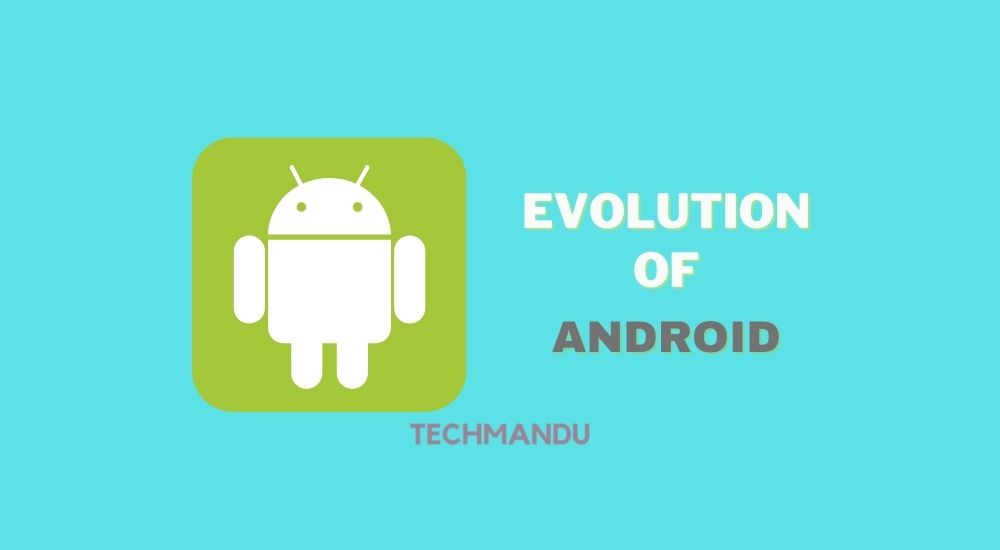
Table of Contents
From Cupcake to Honeycomb: The Early Years of Android Design (2008-2011)
The initial years of Android (2008-2011), encompassing versions like Cupcake, Donut, Eclair, and Froyo, were characterized by a design language lacking a cohesive visual identity. Early Android iterations prioritized functionality over aesthetics, resulting in inconsistencies across different apps and devices. This period was marked by:
- Skeuomorphic design elements: A heavy reliance on real-world representations, often leading to a cluttered and inconsistent appearance. Think of the calendar app mimicking a physical desk calendar.
- Inconsistent iconography and typography: A lack of unified visual language made navigation confusing and lacked a sense of brand unity. Different apps used wildly different design styles.
- Limited customization options: Users had little control over the appearance of their devices. The experience felt generic and lacked personalization.
- Focus on functionality over aesthetics: While the functionality was often groundbreaking, the overall visual appeal fell short of modern design standards.
The Arrival of Holo and Material Design (2011-2014)
The introduction of Holo in Android 4.0 (Ice Cream Sandwich) marked a turning point. Holo established a more unified design language, bringing consistency to the Android experience. It laid the foundation for the future of Android design, influencing subsequent iterations significantly. Key improvements included:
- Introduction of a consistent color palette and typography: A unified visual language fostered brand recognition and improved readability. The use of a specific color palette became integral to the Android identity.
- Improved iconography and visual hierarchy: Clearer icons and a well-defined visual hierarchy made navigation easier and more intuitive. The improved design resulted in a better user experience.
- Enhanced usability and accessibility: Holo addressed accessibility concerns, making Android easier to use for a broader audience.
- Emphasis on a cleaner and more modern look: Holo brought a cleaner aesthetic, replacing the cluttered look of earlier versions with a more modern and streamlined interface. This laid the groundwork for the more advanced designs to follow.
Material Design: A Paradigm Shift (2014-2018)
Material Design, introduced in 2014, represented a significant paradigm shift. This design language moved beyond simple aesthetics, focusing on depth, shadows, and animations to create a more realistic and engaging experience. Key aspects of Material Design include:
- Emphasis on depth, shadows, and animations: These elements created a sense of three-dimensionality and visual hierarchy, making interactions feel more natural and intuitive. The use of shadows, in particular, improved the perception of depth and layering in the interface.
- Introduction of the Material Design guidelines: These guidelines provided a comprehensive framework for developers, ensuring consistency across different apps and devices. This resulted in a more unified Android experience.
- Consistent use of cards, grids, and lists: These components provided a structured and organized layout, making information easier to consume. The use of these elements also resulted in consistent layout across the system.
- Improved responsiveness and adaptability across devices: Material Design ensured that apps would look and function well on a variety of screen sizes and devices. This improved user experience for all Android devices.
Material Design 2 and Beyond (2018-Present)
Material Design 2, launched in 2018, builds upon the foundation of its predecessor with refinements and new features. It emphasizes adaptive design and personalized experiences. Key developments include:
- Introduction of adaptive UI components: These components automatically adjust to different screen sizes and orientations, providing a consistent and optimal experience across devices.
- Improved theming and customization options: Users now have more control over the appearance of their devices, enabling greater personalization.
- Focus on motion and transitions: Subtle animations and transitions make interactions feel smoother and more fluid.
- Integration of new technologies like AI and machine learning: These technologies are being used to personalize user experiences and improve app functionality.
The Future of Android's Design Language
The future of Android's design language will likely see continued evolution driven by user feedback and technological advancements. We can anticipate:
- Increased focus on personalization and user customization: Users will have even more control over the look and feel of their devices.
- Integration of AR/VR elements: Augmented and virtual reality technologies may play an increasingly significant role in shaping Android's user interface.
- Advancements in accessibility and inclusivity: Android's design will continue to evolve to be more inclusive and accessible to users of all abilities.
- Evolution of design patterns based on user behavior and data analysis: Data-driven design will continue to inform design decisions, leading to more efficient and user-friendly experiences.
Conclusion:
The journey of Android's design language, from the inconsistent early years to the sophisticated Material Design 2 and beyond, demonstrates a commitment to creating intuitive and engaging user experiences. This evolution highlights the importance of a cohesive and adaptable design language in shaping the user's interaction with technology. Stay informed about the ever-evolving world of Android's design language and its impact on user experience. Learn more about Material Design and its future iterations!

Featured Posts
-
 How Ind As 117 Is Reshaping The Indian Insurance Industry
May 15, 2025
How Ind As 117 Is Reshaping The Indian Insurance Industry
May 15, 2025 -
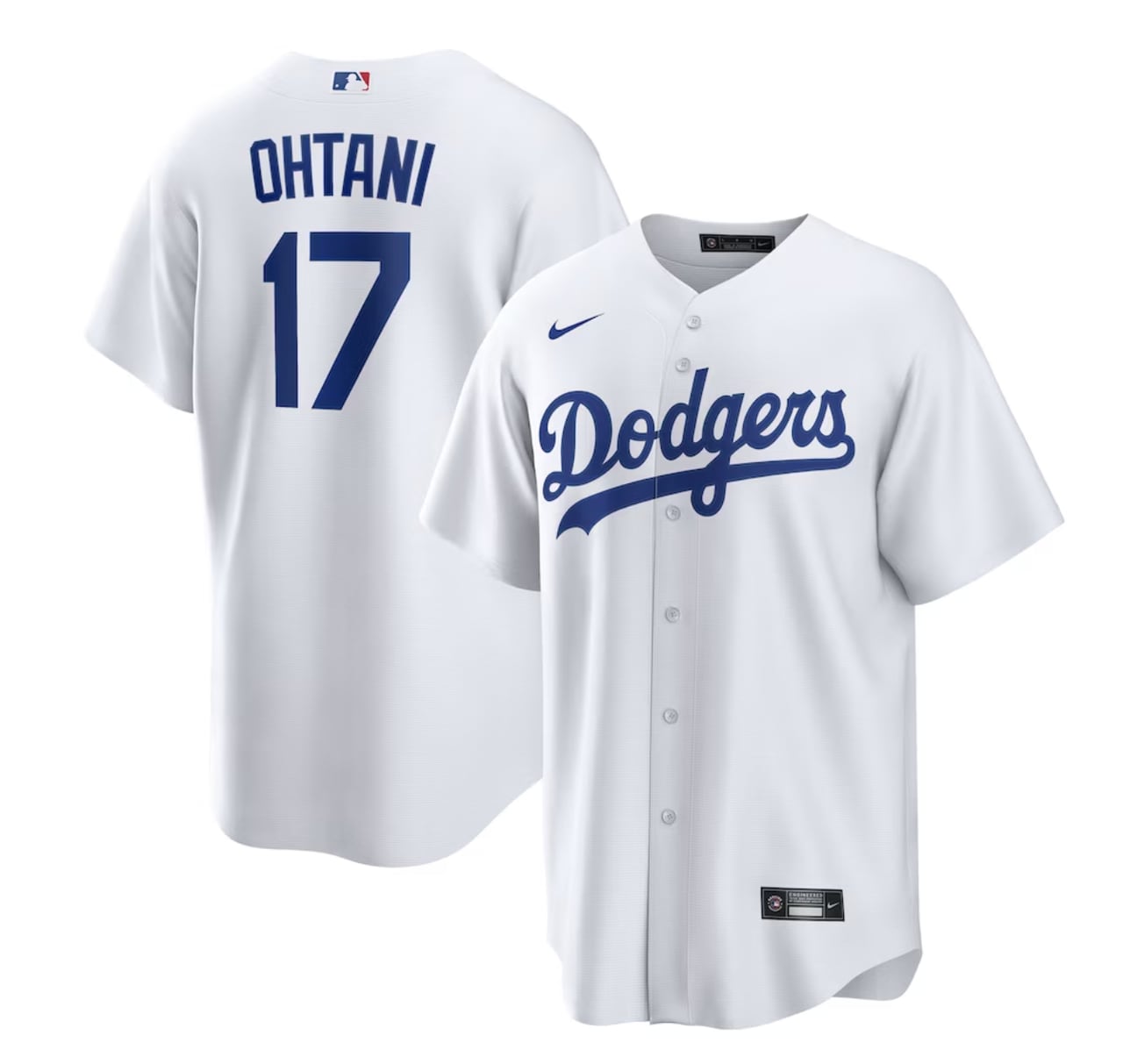 Players Name The Dodgers Forgotten Signing Finally Gets His Chance
May 15, 2025
Players Name The Dodgers Forgotten Signing Finally Gets His Chance
May 15, 2025 -
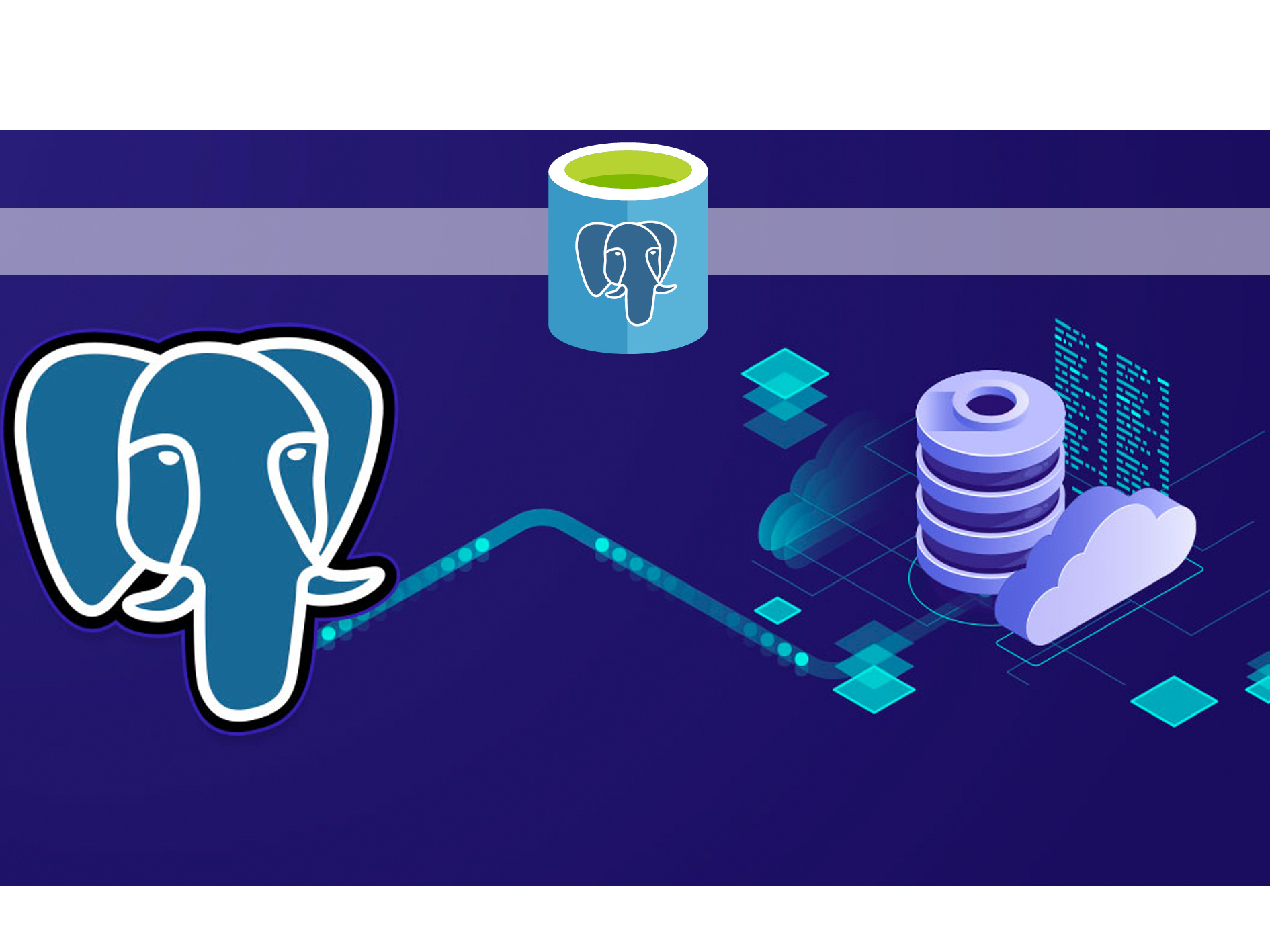 Dijital Veri Tabani Ve Isguecue Piyasasi Ledra Pal Daki Carsamba Rehberi
May 15, 2025
Dijital Veri Tabani Ve Isguecue Piyasasi Ledra Pal Daki Carsamba Rehberi
May 15, 2025 -
 Cubs Vs Padres Prediction Can Chicago Secure A Win
May 15, 2025
Cubs Vs Padres Prediction Can Chicago Secure A Win
May 15, 2025 -
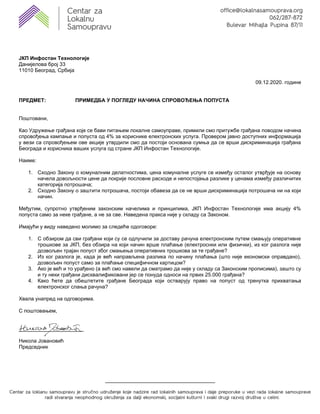 Razlika U Tseni Zashto Novakove Patike Koshta U 1 500 Evra
May 15, 2025
Razlika U Tseni Zashto Novakove Patike Koshta U 1 500 Evra
May 15, 2025
Latest Posts
-
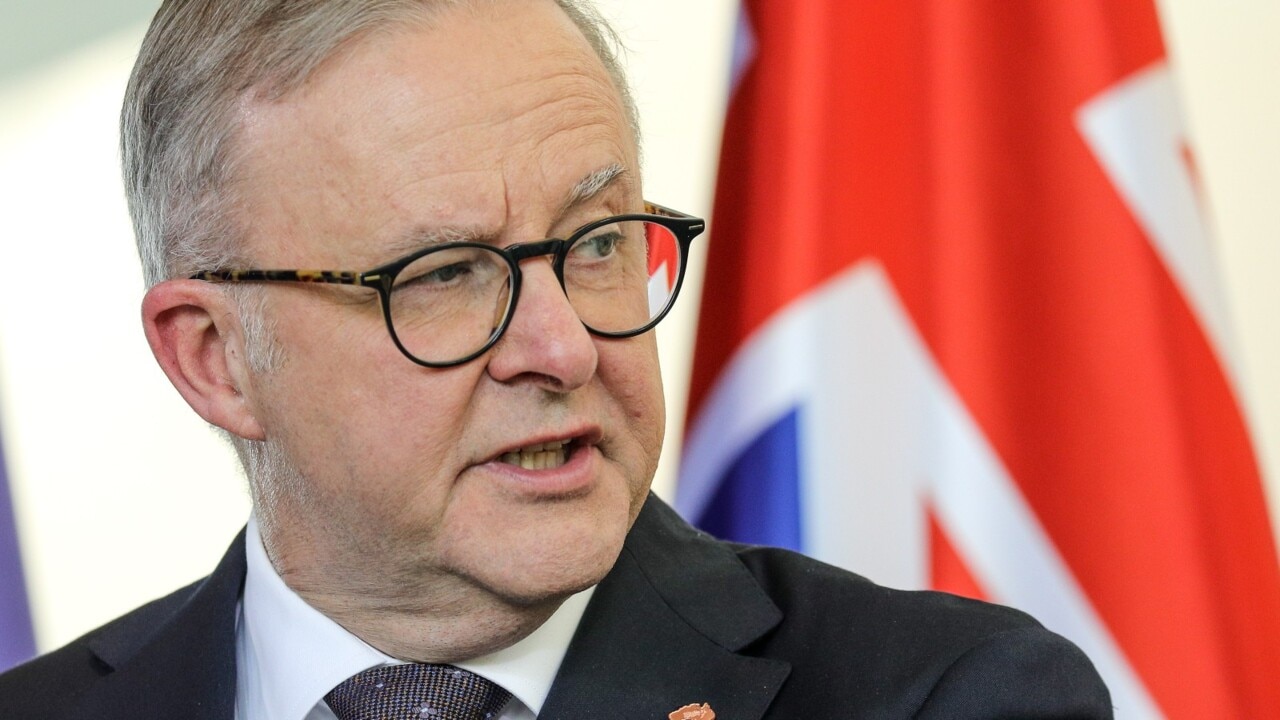 Election 2024 Dissecting The Platforms Of Albanese And Dutton
May 15, 2025
Election 2024 Dissecting The Platforms Of Albanese And Dutton
May 15, 2025 -
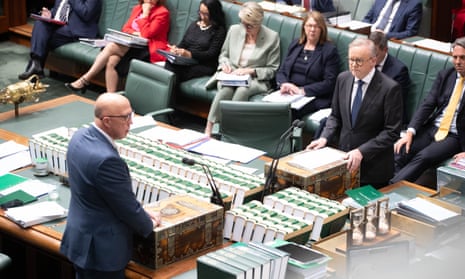 Albanese And Dutton Face Off Comparing Their Key Policy Proposals
May 15, 2025
Albanese And Dutton Face Off Comparing Their Key Policy Proposals
May 15, 2025 -
 Albanese Vs Dutton A Critical Analysis Of Their Policy Pitches
May 15, 2025
Albanese Vs Dutton A Critical Analysis Of Their Policy Pitches
May 15, 2025 -
 A Visual Look Back Vont Weekend April 4 6 2025
May 15, 2025
A Visual Look Back Vont Weekend April 4 6 2025
May 15, 2025 -
 Kissfm 96 1s Vont Weekend A Photo Journal April 4 6 2025
May 15, 2025
Kissfm 96 1s Vont Weekend A Photo Journal April 4 6 2025
May 15, 2025
